
Articles on Water pollution
Displaying 21 - 40 of 184 articles

As toxic water continues to spill from tailings ponds across mining developments, decades of scientific research provides evidence of how wildlife will be affected.
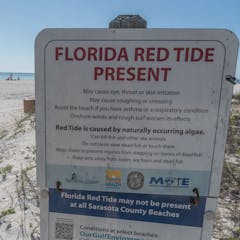
The tiny organisms that cause harmful blooms of algae can have a big impact on your trip to the shore. A toxicologist explains what causes these events and how to keep people and pets safe.
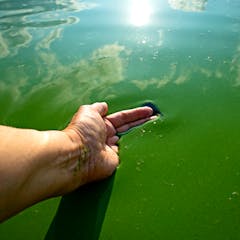
Many of our rivers are overloaded with nutrients from fertiliser run off and wastewater. Algal blooms, fish kills and poor water follow. One solution? Nutrient offsetting.

The drinking water systems serving over 70 million people may not meet newly proposed water quality standards. It could cost hundreds of billions of dollars to fix that.

A new study reveals wide disparities among state-issued Clean Water Act fines, and even among federal fines from regions to region. A law professor explains why it may be illegal.

Every household is more likely than not to have dusts containing PFAS chemicals at low concentrations. But how worried should we be about the risks to our personal health?
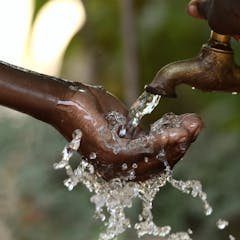
Technology will be a key part of solving the global water scarcity crisis.

An independent assessment of Japan’s plan to release treated radioactive wastewater into the Pacific Ocean, nearly 12 years after the Fukushima nuclear disaster, finds it safe and reasonable.
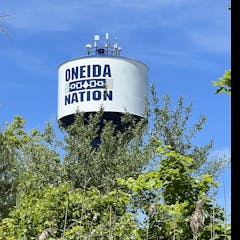
Water sharing arrangements have the potential to enhance water security, but they require strong communication and co-ordination between community leaders in addition to adequate financial support.

By washing our clothes, we release microfibres into the environment which are then ingested by marine animals.

Ensuring a swimming site is safe is key to getting people using it. That means giving people timely information about water quality.

Toxic synthetic chemicals, called PFAS, are a serious threat to humans and wildlife – but many people are unaware of them.
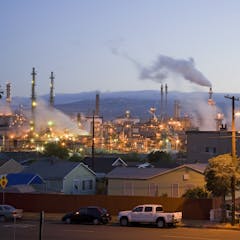
Poor communities of color have spent decades battling US industrial and agricultural pollution. A new EPA office is designed to support their struggle, but history suggests reason for caution.

Extreme weather is set to dominate our future – can collecting rainwater reduce the threat posed by both drought and flooding?

Lake Eyre Basin contains one of the few pristine river systems left in the world. But new research shows oil and gas activity is extending its tentacles into these fragile environments.

The Supreme Court opens its 2022-2023 session with a high-profile case that has major implications for both wildlife and landowners.
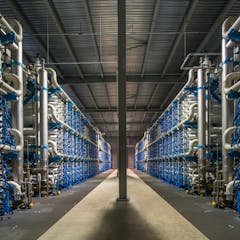
Nearly 97% of the world’s water is in the oceans, but desalination is no magic bullet for water-stressed coastal cities.

These maps have gone viral – here’s what they owe to 19th century cholera campaigns.

Rising concern about possible environmental damage from the active ingredients in sunscreens could have ripple effects on public health if it causes people to use less of them.

Climate change is colliding with old factory sites where soil or water contamination still exist, and the most vulnerable populations are particularly at risk.
